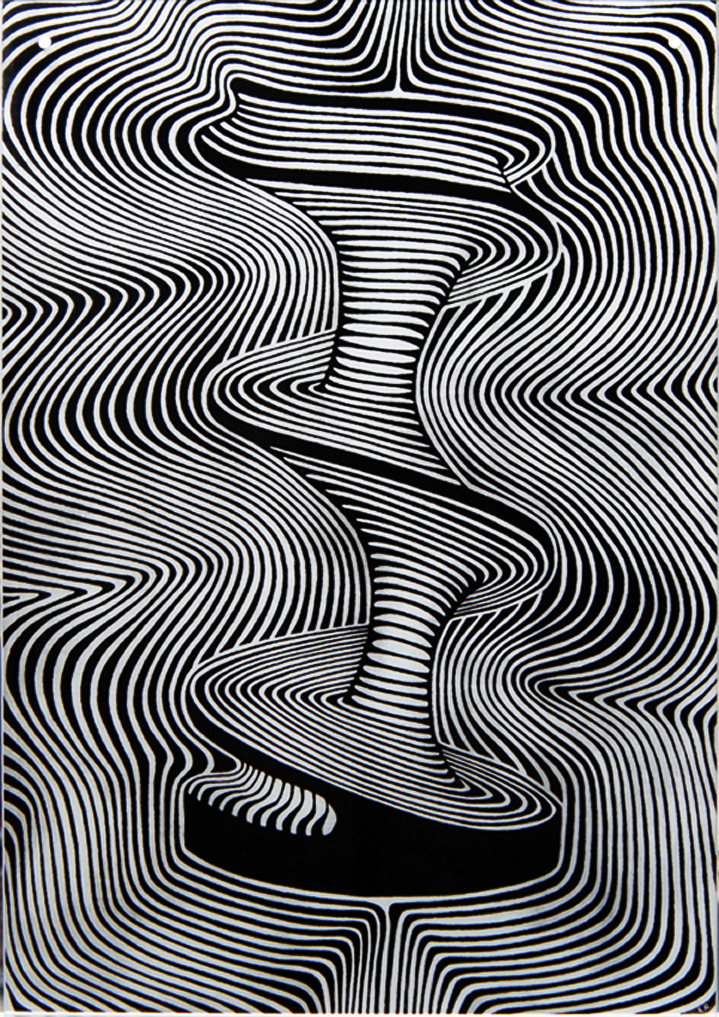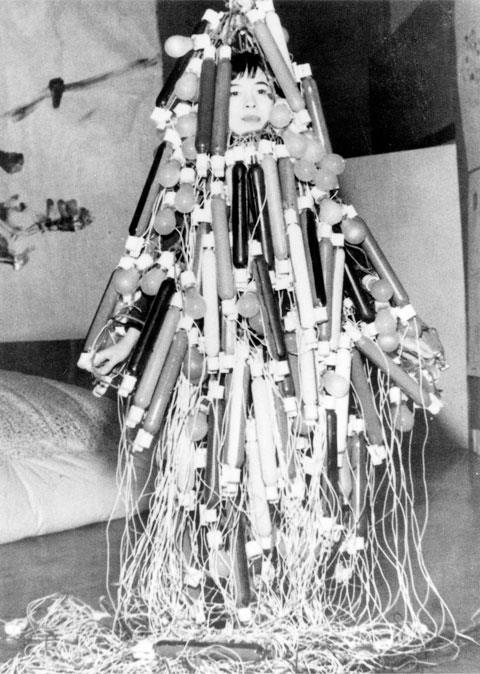
CONTRAPTION PAINTING MACHINE
françois xavier saint-georges
Assembled from chinese brushes and medical equipment, the low-tech automata creates ‘endless line’ ink paintings. Created by canadian designer François Xavier Saint Georges, ‘contraption’ is an autonomous painting machine, capable of creating a ‘never-ending line’ of paint. The low-tech device is composed of medical equipment like syringes and tubing, chinese brushes, and paper with an electric motor, that together continuously run a roll of paper along the wall, to be ‘painted’ upon by ink pumped into the set of brushes. Random variations in the ink’s consistency and viscosity at a given moment produce different effects on the paper, and different colours can be fed into the unit or layered on top of previous ‘paintings’. We will show you more projects from this guy, so if you like it you will see more about him. Enjoy it!












